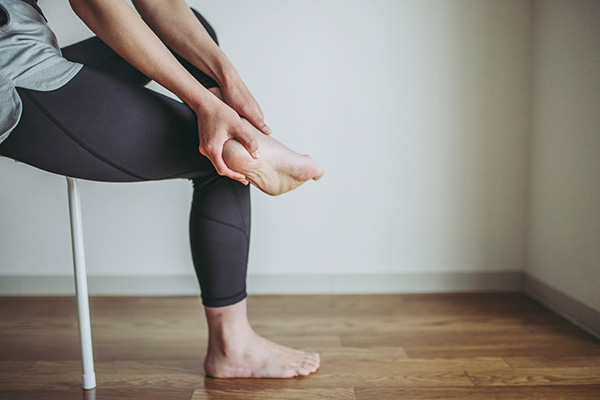
Waking up to sharp heel pain or struggling to get through the day without discomfort can be frustrating. While rest may provide temporary relief, it’s often not enough for long-term healing. Understanding the cause of your pain and exploring the best treatment options will help you take the right steps toward recovery. Here’s how to find lasting relief.
Understanding the Causes of Heel Pain
Heel pain is often caused by overuse, inflammation, or structural issues in the foot. Some of the most common conditions include:
- Plantar Fasciitis: Inflammation of the plantar fascia, a thick band of tissue running along the bottom of the foot.
- Achilles Tendinitis: Irritation of the Achilles tendon, which connects the calf muscle to the heel.
- Heel Spurs: Bony growths on the heel bone that can cause sharp pain.
- Stress Fractures: Tiny cracks in the heel bone from repetitive impact.
- Bursitis: Inflammation of fluid-filled sacs that cushion the heel.
Non-Surgical Treatments for Heel Pain
Most cases of heel pain improve with conservative treatments. You may benefit from the following conservative treatments:
- Physical Therapy and Stretching: Targeted exercises help improve flexibility and strengthen the foot’s supporting structures. Stretching the Achilles tendon and plantar fascia can reduce pain and prevent recurrence.
- Custom Orthotics and Supportive Footwear: Proper arch support can relieve pressure on the heel. Custom orthotics or well-cushioned shoes can improve foot mechanics and reduce strain.
- Corticosteroid Injections: For persistent pain, corticosteroid injections can provide temporary relief by reducing inflammation in the affected area. Steroid injections are often not a first line of treatment, as they can lead to increased rupture of soft tissue structures in the foot
- Activity Modification and Anti-Inflammatory Medications: Reducing high-impact activities and taking NSAIDs (like ibuprofen) can help control pain and swelling.
- PRP or Shockwave Therapy: For chronic cases of heel pain in patients who want to avoid surgery, there are some alternative options including shockwave (high energy ultrasound waves) and PRP (platelet rich plasma) that may improve pain.
When Surgery is the Best Option
If conservative treatments fail after several months, surgical intervention may be necessary. You may be recommended:
- Plantar Fascia Release: A minimally invasive procedure that relieves tension by partially cutting the plantar fascia.
- Gastrocnemius Recession: Lengthening of the calf muscle to improve motion and decrease tension
- Heel Spur Removal: If a bone spur is causing pain, it can be surgically removed to alleviate discomfort.
- Achilles Tendon Repair: For severe Achilles tendon injuries, surgical repair and debridement may be needed to restore function.
Whether you need advanced non-surgical treatments or expert surgical care, an orthopedic foot and ankle specialist can create a personalized plan to help you heal. Schedule a consultation today with Dr. Dean to explore the best treatment options for lasting relief.
AUTHOR: Dr. Daniel Dean is a board-certified and fellowship-trained foot and ankle orthopaedic surgeon. He treats all musculoskeletal pathologies of the foot and ankle in adolescent and adult patients. He has specialized training in total ankle arthroplasty, sports injuries, flatfoot, complex fractures, and minimally invasive techniques in bunion correction.












